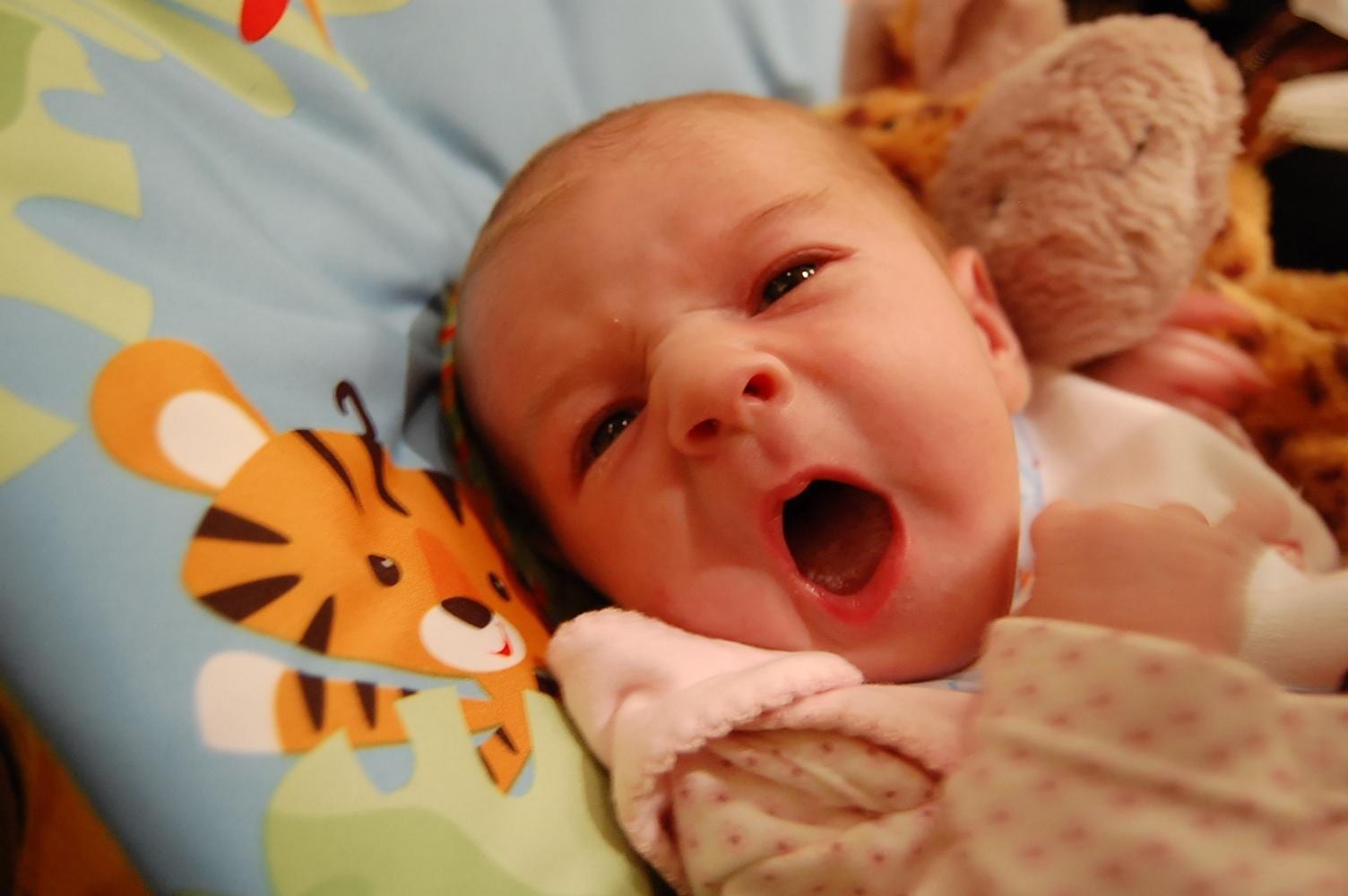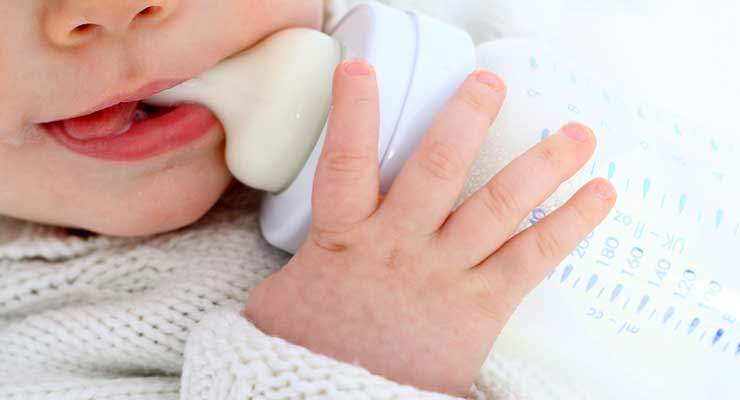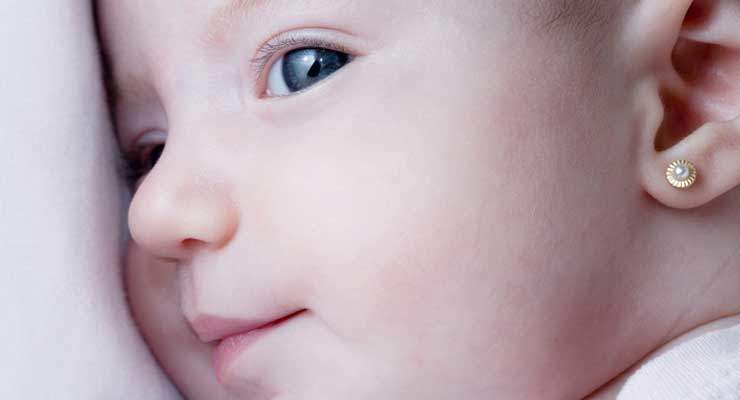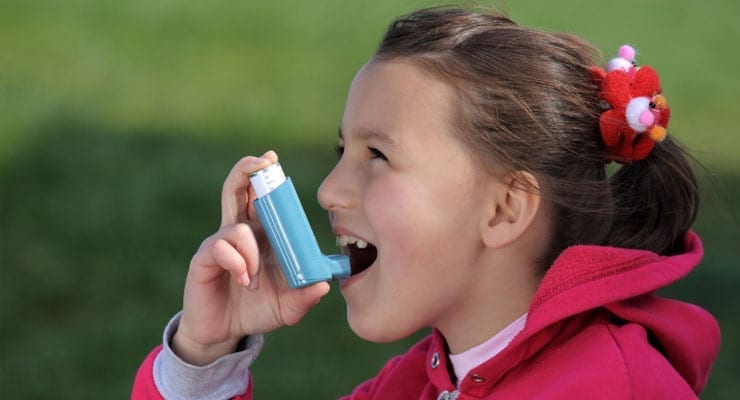Search Results for: extreme allergic
How to Give an Allergy Shot
Allergy shots contain epinephrine and are used in cases of emergency when you or your child has an extreme allergic reaction. Using an allergy shot can prevent you from going into anaphylactic shock or losing your ability to breathe due to a swollen airway. Without them, you may not have time to get to a hospital before your reaction becomes fatal. They’re designed to be used safely by people with no medical training, as long as you follow the exact instructions. Once you administer the allergy shot, seek medical help immediately.
Different Types of Infant Formulas
Whether weaning your infant off breast-feeding, doing a combo of breast milk and store-bought or not nursing at all, you’re likely going to have to choose an infant formula for your baby. Bombarded with advertising from formula brands galore, the decision can seem overwhelming. Go ahead and take those free samples and coupons from the hospital–but remember, the bottom line is there are really just a few major types of infant formulas.
Signs of Allergies to Infant Formula
If you introduce infant formula to your baby, you’ll probably want to be on the alert for signs of an allergy, especially if allergies run in your–or the baby’s father’s–family. Most infant formula includes cow’s milk or soy products in the ingredients. In cases of infant formula allergies, cow’s milk protein is the most common allergen. Still, allergies to formula are not all that common; according to the U.S. Department of Agriculture, less than 3% of babies in the United States have an allergy to milk protein. Since half of the babies who are sensitive to cow’s milk protein also turn out to react badly to soy, soy-based formula is not necessarily the solution if your baby does turn out to have a dairy allergy. Check with your baby’s physician before switching to a hypoallegenic formula. It may reassure you to know that there’s good chance your baby will outgrow an allergy to infant formula within a few years.
Infected Pierced Ears in Children
While earrings can make your little girls’ ear lobes more beautiful, if they are untended to, these piercings can become a source of infection. To ensure that your child’s earrings remain a thing of beauty, and not a source of pain, check her ears for infection regularly. If your child is old enough to monitor her own ear health, allow her to play a part by teaching her both how to spot, and how to avoid, ear piercing-related infections.
Trigger Factors for Asthma
Asthma is one of the most common chronic diseases in the United States as it affects approximately 15 million people.




